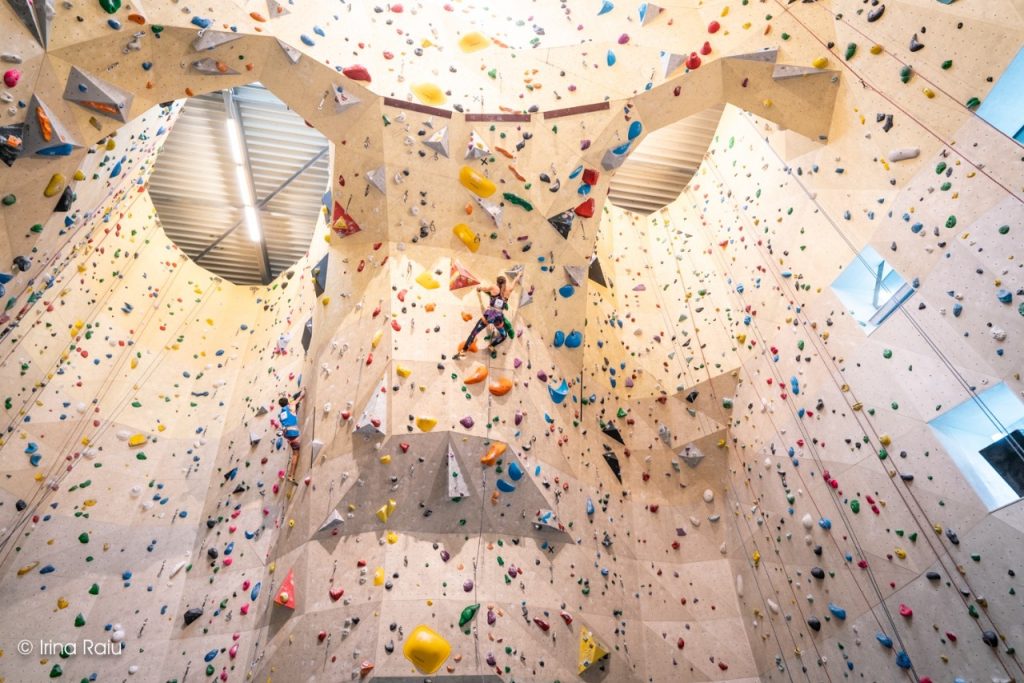Hiking programs offer structured understanding experiences for people eager to examine the vertical world. These courses appeal to climbers of all degrees, from newcomers using their first measures on the wall to veteran veterans seeking to refine their skills or undertake new challenges. Typically, hiking courses are made and led by skilled instructors who provide their knowledge, expertise, and passion for climbing to participants.
The curriculum of a hiking class frequently addresses a wide selection of subjects required for safe and enjoyable climbing. Beginners might understand simple skills such as attaching knots, belaying techniques, proper gear usage, and basic hiking movement. Advanced programs might search into more complex issues like cause hiking, point developing, option reading, and risk management. Advanced classes might concentrate on particular procedures for various kinds of climbing, such as trad climbing, sport climbing, or bouldering, along with sophisticated rescue and self-rescue skills.
Hands-on practice is a central part of climbing classes, allowing players to apply what they’ve learned in a managed setting under the guidance of instructors. Climbing gyms, outside crags, and specific teaching services offer the perfect spots for practical skill development. Participants receive personalized feedback and training from instructors, helping them refine their techniques and build self-confidence on the wall.
Beyond complex abilities, climbing programs usually stress important aspects such as for instance climbing ethics, environmental stewardship, and risk assessment. Players understand Keep Number Trace concepts, responsible outdoor behavior, and the importance of keeping climbing parts for potential generations. Also, they gain insights into the psychological facets of hiking, such as for example aim placing, overcoming fear, and sustaining focus and attention all through demanding climbs.
Several hiking programs also provide options for community developing and camaraderie among participants. Climbing is inherently a cultural activity, and classes give a supporting atmosphere wherever climbers can join, share activities, and stimulate one another to drive their limits. Whether it’s cheering on a fellow climber as they tackle an arduous way or celebrating successes together at the end of the course, the feeling of camaraderie fosters a solid feeling of belonging within the climbing community.
Protection is paramount in climbing, and hiking courses prioritize training individuals just how to assess and mitigate dangers effectively. From correct gear inspection and preservation to disaster procedures and transmission practices, individuals learn important safety practices which are essential for a secure climbing experience. Instructors generate a lifestyle of protection awareness and encourage individuals to produce knowledgeable conclusions while hiking independently.
Hiking classes usually offer a pathway for people enthusiastic about seeking climbing as a lifetime career or getting qualified instructors themselves. Qualification applications and mentorship options give aspiring instructors with the training and advice they have to show hiking skills efficiently and responsibly. Through a kurs wspinaczkowy of classroom training, realistic experience, and mentorship, participants get the data and confidence to cause hiking programs and reveal their desire for climbing with others.

To sum up, climbing courses present important learning activities for climbers of most degrees, giving a organized pathway for skill progress, personal development, and neighborhood engagement. Whether it’s learning basic methods, improving advanced abilities, or pursuing a career in hiking instruction, individuals benefit from specialist instruction, hands-on exercise, and a supporting learning setting that fosters a lifelong love for climbing.
